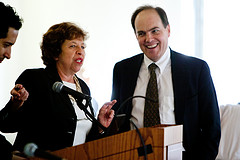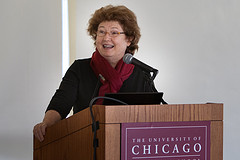Foster Brown
Researcher at the Woods Hole Research Center at the “Parque Zoobotânico,” Universidade do Acre - Rio Branco, AC
Climate change in Amazonia and its Implications for Communities
Climate variability has always occurred in the Amazon with apparent catastrophic effects for past Indigenous civilizations. This variability, coupled with regional and global climate change, can create climate perturbations that pose important challenges for forest communities and urban centers in Amazonia. The drought of 2005 in the contiguous Madre de Dios, Peru – Acre, Brazil – Pando, Bolivia (MAP) Region served as a harbinger of what happens when climate perturbation meets increasing social vulnerability due to population growth and deforestation. Water supplies to the major urban centers nearly collapsed, fires spread over 200,000 ha of open areas, and forest fires impacted more than 340,000 ha of forests in eastern Acre, affecting many forest communities. The 2005 fires in the MAP Region impoverished the environmental services of forests on the order of a hundred million dollars. Increased tree mortality in forests not exposed to fires caused the primary forests to become net sources of carbon to the atmosphere. Current negotiations on Reduced Emissions from Deforestation and Forest Degradation and the role of conservation and sustainable management (REDD+) as an income source for forest communities will need to incorporate the vulnerability of forests to climate perturbation and fire.




